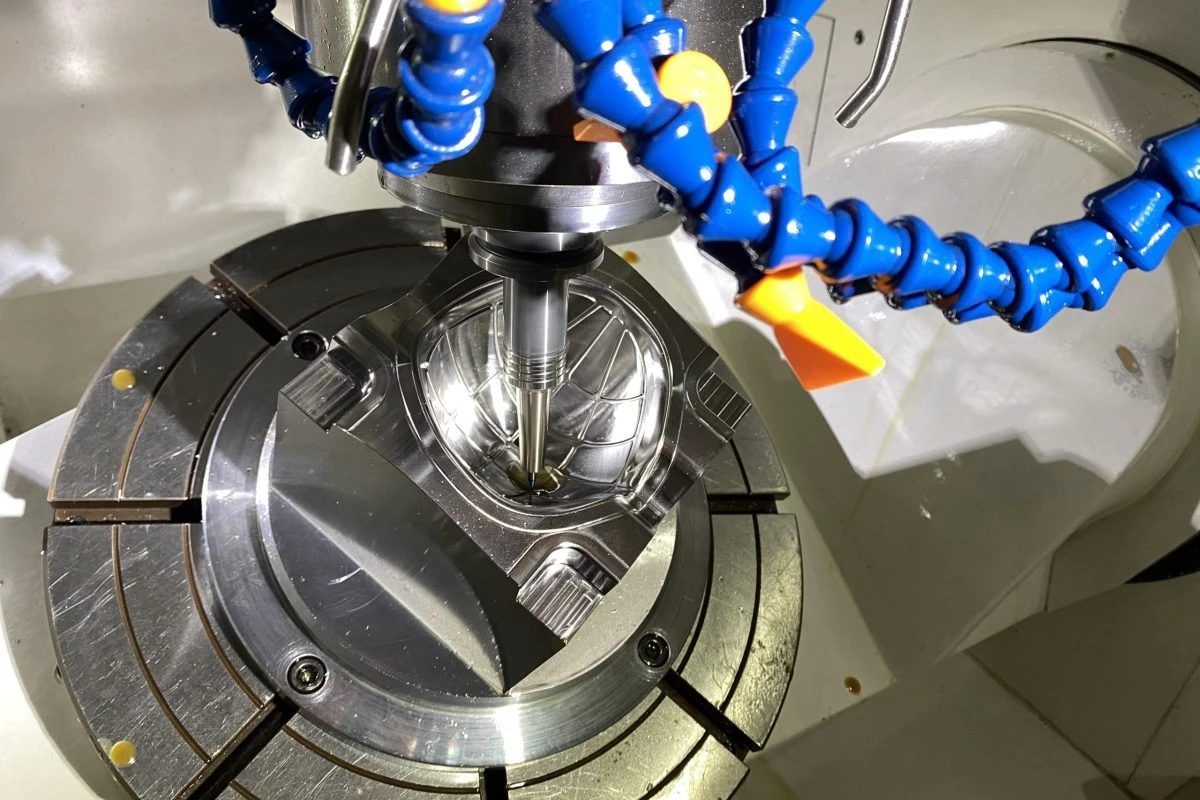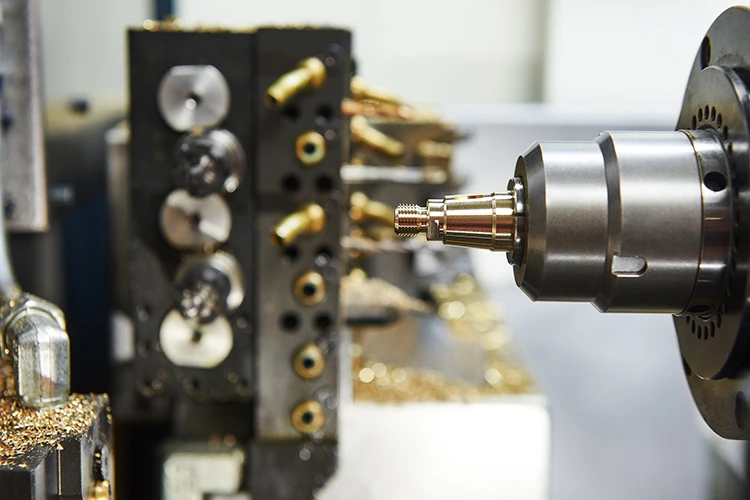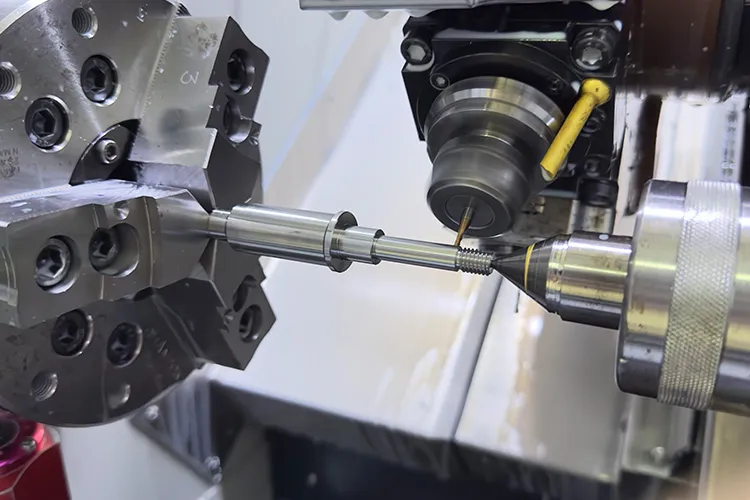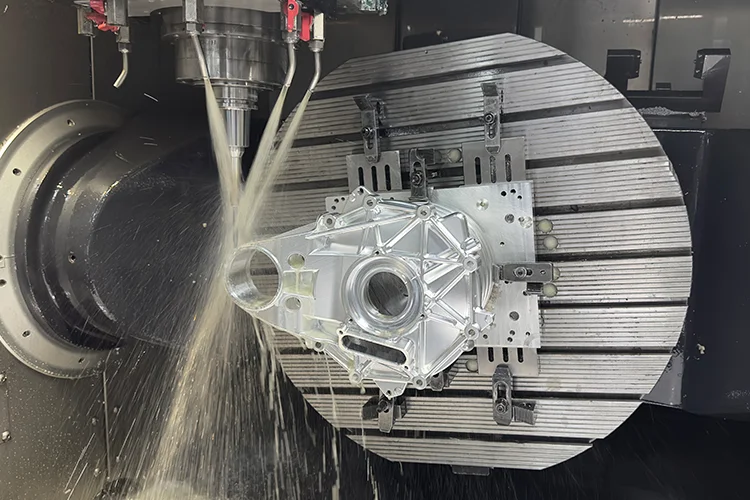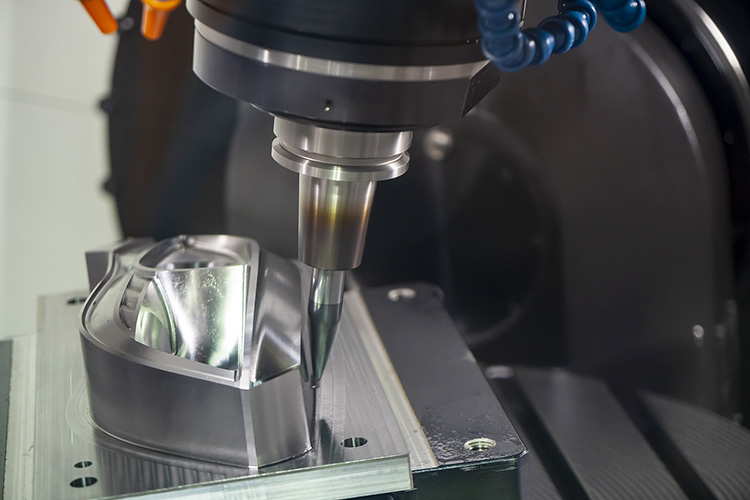- In CNC machining, design decisions directly affect production time, cost, and quality. By applying Design for Manufacturability (DFM) principles early in the design phase, engineers can avoid costly revisions, reduce lead time, and achieve better outcomes.
What Is Design for Manufacturability (DFM)?
Design for Manufacturability (DFM) is the practice of designing products to be easy and cost-effective to manufacture. In CNC machining, DFM focuses on:
-
Simplifying part geometry
-
Using appropriate CNC machining tolerance
-
Selecting compatible machining materials
-
Ensuring designs suit the chosen machining process
2. Why DFM Matters in CNC Machining
Without DFM, designers often face:
-
Excessive machining time
-
High scrap rates
-
Tool wear or breakage
-
Higher production costs
DFM improves manufacturing efficiency, part quality, and cost per unit—especially for high-volume CNC production.
3. Key DFM Principles for CNC Part Design
a) Favor Simpler Geometries
Avoid features like undercuts and deep cavities.
b) Standardize Tolerances
Apply general tolerances where possible to reduce costs.
c) Design for Tool Access
Ensure all features are reachable by standard tooling.
d) Minimize Setup Changes
Design for fewer machining setups.
4. Material Selection and Its Impact on Machinability
Material affects tool wear, machining time, and surface finish. For example:
-
Aluminum 6061: highly machinable
-
Stainless Steel 304: durable, but harder to machine
-
Titanium: requires slow cutting speeds
Balance material performance with machining efficiency.
5. Tolerance Management for Cost-Effective CNC Parts
Overly tight CNC machining tolerances increase cost and inspection time.
| Tolerance | Example | Cost Impact |
|---|---|---|
| ±0.1 mm | General | Low |
| ±0.05 mm | Functional fits | Medium |
| ±0.01 mm | High-precision | High |
6. Design-Manufacturing Collaboration Best Practices
Collaborating with your machining supplier early can:
-
Improve DFM validation
-
Avoid design errors
-
Accelerate prototyping
Provide STEP files and technical drawings, and conduct a DFM review before finalizing the design.
7. DFM Considerations by Machining Type
a) CNC Milling
-
Avoid deep pockets
-
Add fillets (e.g., R2-R5)
b) CNC Turning
-
Ideal for cylindrical parts
-
Avoid thin walls
c) Multi-axis Machining
-
Use only when required for complex geometries
8. Balancing Functionality and Cost in Part Design
Avoid overengineering. Examples:
-
Cosmetic surfaces = no need for mirror finish
-
Precision holes = maybe handled in assembly
-
Consolidate parts to reduce assemblies
Use DFM guidelines to make smarter design choices.
9. Using DFM to Prepare for Mass Production
Even for small runs, design for:
-
Repeatability
-
Consistency
-
Automation compatibility
This makes scaling up faster and more cost-effective.
10. Common Design Mistakes and Real-World Examples
Mistakes:
-
Too-tight tolerances
-
Unreachable features
-
Missing fillets
-
Unclear callouts
Real Example:
A client used ±0.01 mm on all features. Revision reduced this to only 3 key dimensions—cutting cost by 25% and lead time by a week.
Conclusion: Partner Early, Design Smart
Well-applied design for manufacturability reduces cost, accelerates delivery, and ensures production readiness.

Contact Tik Precision — your reliable partner for high-volume CNC machining services.


